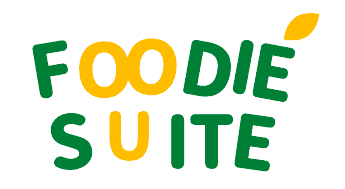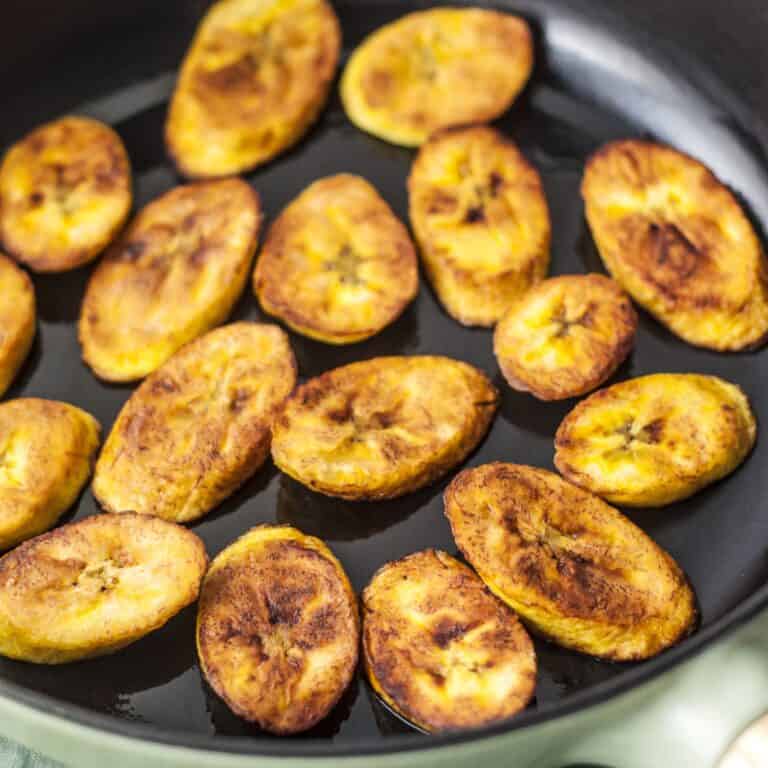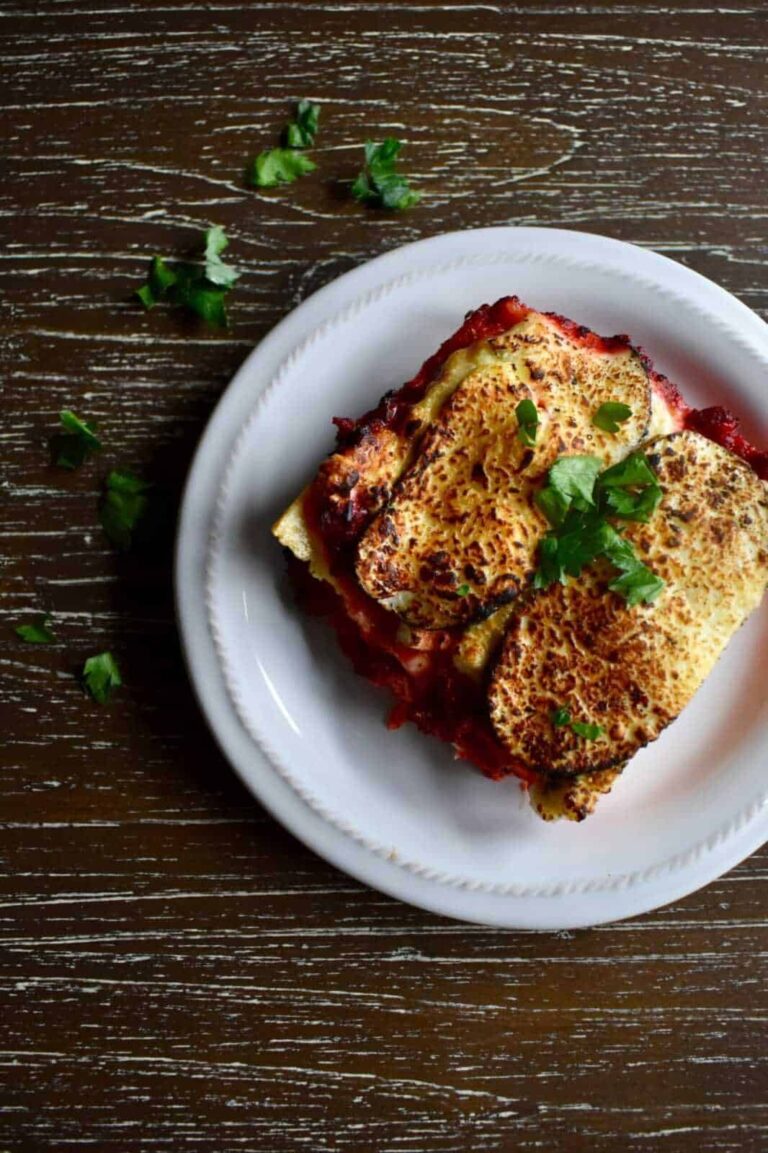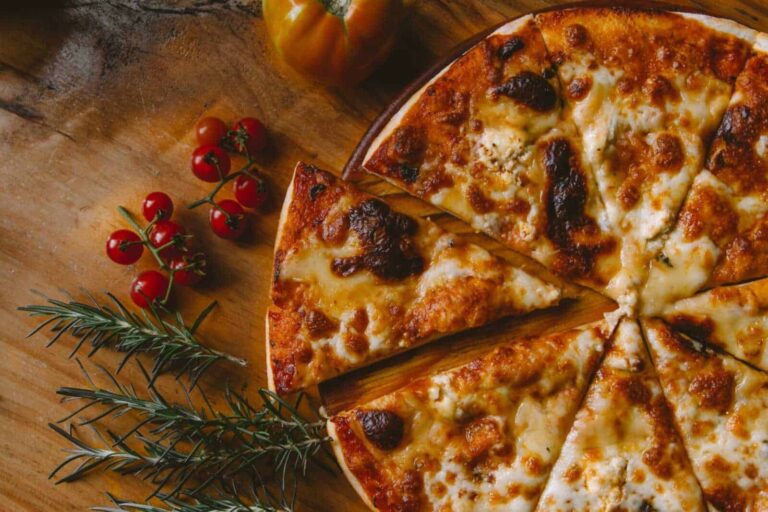Dairy-free diet plan: What to eat and foods to avoid
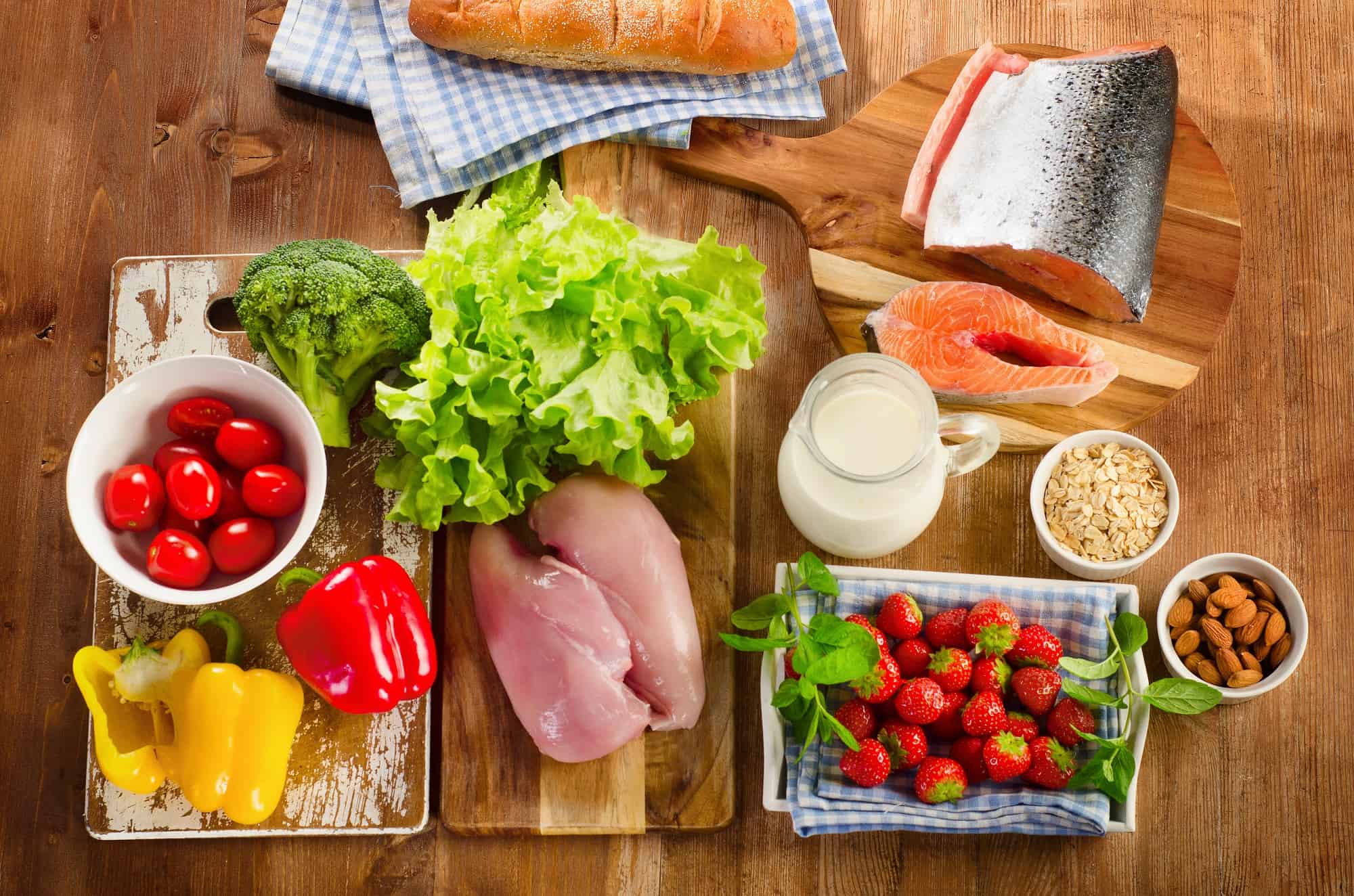
Dairy products have a well-known reputation for upsetting some people’s digestive systems. Dairy contains lactose, a sugar that these people are unable to properly digest, as well as casein, an animal protein that, in the case of those who are allergic to it, can irritate the lining of the intestine.
If you are lactose intolerant, you should typically avoid fluid milk as well as yogurt and soft cheeses, both of which still contain a substantial amount of lactose. You may be able to consume tougher-aged cheeses with no issues, depending on the severity of your condition.
If you are allergic to milk proteins, you should avoid anything that even slightly contains dairy products and watch out for cross-contamination.
In either scenario, cutting off dairy will probably result in fewer stomach aches and cramps as well as increased energy throughout the day.
Giving up dairy products like milk, cheese, and ice cream could initially sound nerve-wracking, but we anticipate that our dairy-free strategy will make the adjustment much less stressful. Find recipes that don’t contain dairy and learn what kinds of substitutions you may make to eliminate cheese and milk.
A dairy-free diet is what, exactly?
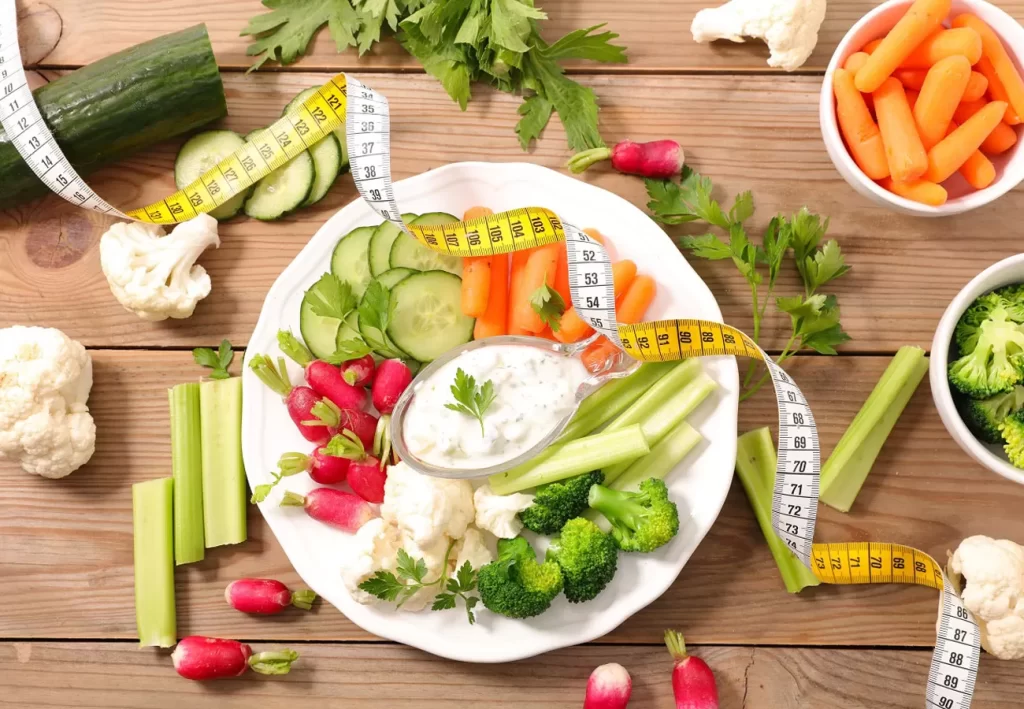
A dairy-free diet is simply one that excludes lactose. Foods like milk and cheese—basically everything under the “dairy” category of the food pyramid—contain lactose.
This includes dairy products containing milk, such as cheese, yogurt, butter, and cream, as well as milk from any animal. A dairy-free diet nevertheless contains other animal products, such as meat, fish, and eggs, in contrast to a vegan or plant-based diet.
You may need to avoid all products containing milk, even in very little or trace amounts, if you are following a very strict dairy-free diet or have a dairy allergy or lactose intolerance. There may be a slight chance of cross-contamination in products prepared in a facility that processes dairy even when milk was not used as an ingredient on purpose.
To put it simply, a dairy-free diet forgoes all (or the majority of) dairy products.
read more: junk food vs healthy food
Dairy products to avoid;
- Milk (try almond, oat, or coconut)
Condensed milk
Cheese
Butter & margarine
Buttermilk
Greek yogurt (try coconut)
Ice cream (try vegan alternatives)
Whipped cream
Custard
White chocolate
Model of a Shopping List
-
To avoid cross-contamination on a dairy-free diet, choosing real, whole foods is your best choice because so many packaged and processed foods include traces of dairy.
The shopping list that follows offers ideas for starting a dairy-free diet.
Dark leafy greens (kale, spinach, arugula, Swiss chard, collard greens)
Vegetables (broccoli, cauliflower, Brussels sprouts, bell peppers, mushrooms, carrots)
Fruits, both fresh and frozen (grapefruit, oranges, berries, bananas, apples)
Nutritious fats (avocados, walnuts, almonds, chia seeds, flaxseeds, olive oil)
Grains (quinoa, white or brown rice, barley, couscous)
Legumes (black beans, pinto beans, lentils, chickpeas)
Poultry and meat (lean cuts of beef, chicken breast, turkey breast)
Frozen or fresh fish (halibut, salmon, cod, snapper, shrimp)
Supplemented soy products (soy milk, soy yogurt)
Additional vegan milk options (almond, coconut, hemp, and flax)
Whole-wheat bread
Eggs
Sample Meal Plan
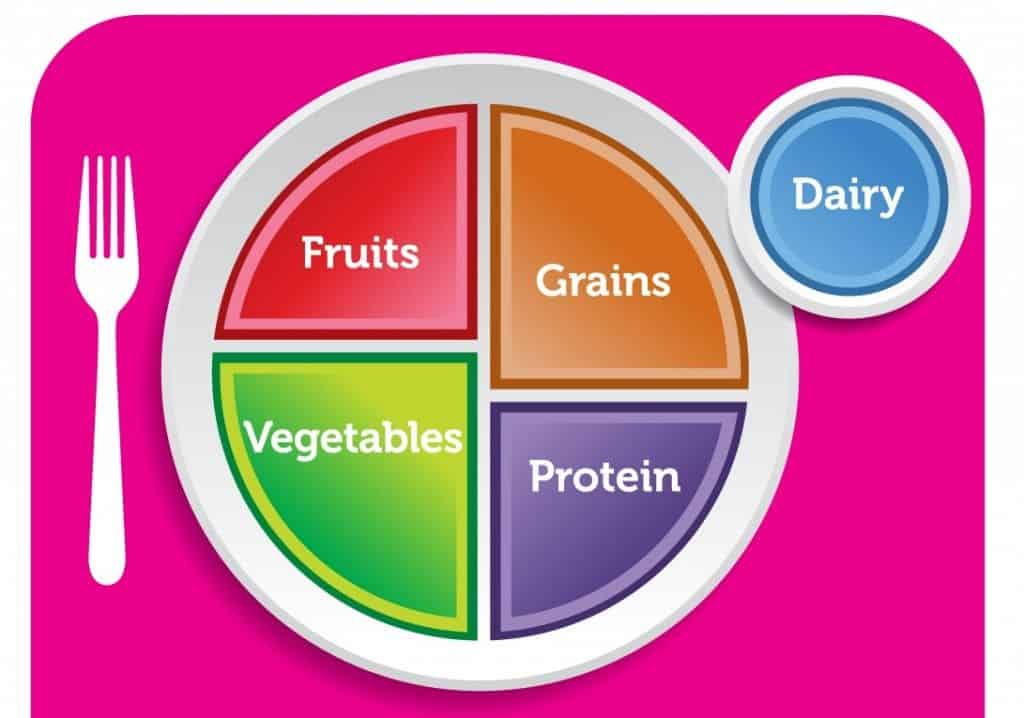
Simply omit the cheese or use non-dairy plant-based milk in place of cow’s milk in recipes to enjoy nutrient-dense meals on a dairy-free diet.
You may get a broad idea of what a few days on a well-balanced dairy-free diet might entail by looking at the following seven-day meal plan.
First day
- Breakfast: California summer vegetable omelet (omit cheese) with 8 ounces of orange juice
Lunch: Citrus, Kale, and Quinoa Salad (omit cheese)
Dinner: Healthier Chicken Marsala; cooked brown rice
Day 2
- Breakfast: 5-Minute Avocado and egg toast, Dairy-Free strawberry, banana smoothie
Lunch: Red curry and Lentil soup with kale
Dinner: Moroccan beef stew, Spring mix greens with Olive oil
Day 3
- Breakfast: Turkey and veggie English muffin sandwich, simple green juice
Lunch: Italian Tuna and beans salad, Whole wheat rosemary crackers
Dinner: Spinach Spaghetti Aglio e Olio (garlic and oil), healthy tomato soup
The fourth day
- Breakfast: Power smoothie made with berries, nuts, and plant milk. Try soy, almond, or coconut milk instead of dairy
Lunch: Grilled chicken and baked potatoes with a side of guacamole and salsa
Dinner: Broccoli soup and whole wheat bread
Day 5
- Breakfast: Oatmeal made from rolled oats and almond milk. Top it off with peanut butter and frozen berries
Lunch: Tuna salad wrap made with whole wheat tortillas
Dinner: Spinach, grilled chicken breast, and a side of brown rice
Day 6
- Breakfast: Homemade pancakes made with almond milk
Lunch: Burrito bowl (skip the cheese and sour cream)
Dinner: Stir fry with rice or noodle base, lots of veggies, and protein of choice
The seventh day
- Breakfast: Bacon and eggs
Lunch: BBQ chicken wings
Dinner: Salmon fillet with brown rice, steamed veggies, and homemade mashed potatoes
read more: Whole30 Foods to Avoid
Tips For Dairy-Free Diet Plan
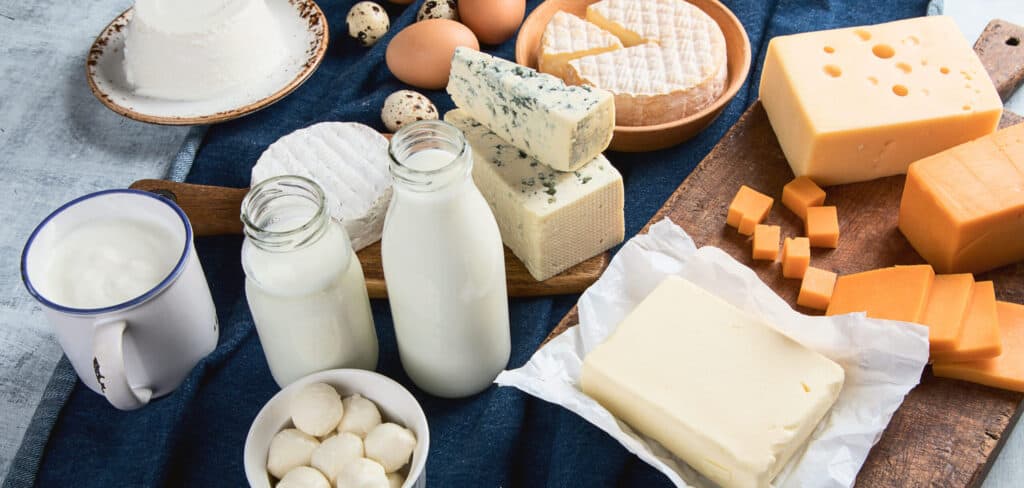
-
It might be difficult to make the transition from dairy products to plant-based alternatives. Almost every food contains dairy products, such as milk and cheese. Changing your eating habits will take time, but it is possible.
Following are a few simple suggestions for cutting out dairy:
Instead of dairy yogurt, choose the plant-based, unsweetened variety.
Contrast cow’s milk with almond, oat, or coconut milk.
Be on the lookout for meat substitutes made with soy or bean protein rather than dairy.
Instead of using creamy condiments that may contain dairy components on sandwiches, try mustard or balsamic vinegar.
Sesame seeds, soybeans, almonds, dark leafy greens, and calcium-fortified beverages are all excellent sources of calcium.
Be aware of concealed dairy products like butter or cheese in prepared items like fries or salads while dining out.
Keep in mind that dairy is used in many items (sometimes without clearly stating it on the label). Pre-packaged foods like noodles, crackers, etc. frequently contain cheese.
Read the ingredient lists, please! Whey, whey protein concentrate, casein (from milk), natural flavors (or flavorings that can contain milk products), or lactose (another type of milk sugar), are all ingredients that many companies use in their goods. Avoid purchasing the food if any of these ingredients are specified on the box, packaging, or label.
Pay attention to foods with “non-dairy” or “vegan” labels. Milk proteins aren’t always absent from these goods. As a result of the processing equipment being shared by milk and non-milk-based products, these products may occasionally contain traces of dairy. A reaction might occur simply because you have an allergy. When buying these kinds of foods, it’s even more crucial to read ingredient lists to spot any omissions of dairy.
